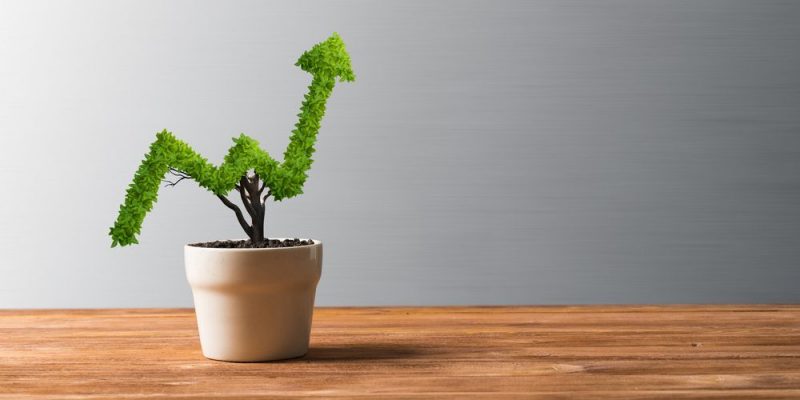Cost Of INVESTMENT
We explain what is the investment and the types of investments that can made. In addition, its elements and differences with savings.

What is the investment?
In economics, investment is understood as a set of saving mechanisms, location of capital and postponement of consumption , in order to obtain a profit, a return or a profit , that is, to protect or increase the patrimony of a person or institution.
In other words, the investment consists of the use of a surplus of capital in a specific economic or financial activity, or also in the acquisition of high-value goods , instead of clinging to "liquid" money. This is done in the hope that the compensation is large and the money invested is recovered in a not too long term.
The investment, thus, can be understood from many perspectives, both macro and microeconomic, that is to say: with regard to the financial management of entire countries, or of individuals and companies .
- In the first case, investment is considered part of gross capital formation, one of the determining factors in the constitution of the Gross Domestic Product (GDP). Goods produced by a nation can go to domestic consumption, to exports or be acquired as investment goods .
- In the other, on the other hand, it is understood as the use of a portion of capital to promote some type of economic or financial activity while waiting for a return (profits), or at least to safeguard capital from harmful factors such as inflation. .
Types of investments

First, investments are classified depending on the time in which the return is expected (profitability). It can be said like this:
- Investments temporary . Of a transitory nature, they are made with the ultimate goal of making surplus capital from ordinary production become productive, instead of resting in a bank account. They usually last for a period of one year and are usually carried out in high quality securities, which can be sold easily quickly.
- Long - term investments . They are made for a period greater than a year, without waiting for immediate compensation and keeping the owner during that period.
Another possible classification distinguishes between public and private investments, according to the profile of the transaction and the subject that performs it . Likewise, according to the destination of the funds (the object in which it is invested), they can be real estate, stocks, bonds or foreign currency.
Elements of an investment
The investments are composed of the following macroeconomic elements, whose sum provides the total investment:
- Gross fixed capital formation (GFCF) . One of the macroeconomic concepts that measures the value of acquisitions of new and existing fixed assets, less the transfers of assets made by the State or the government in question.
- Net formation of fixed capital. It is obtained by discounting the consumption of fixed capital (depreciation) from the gross formation of fixed capital, and represents the value of the resources that have been arranged for the investment in fixed assets,
- Variation of stocks . Calculable through the comparison of the stocks at the end of a specific period, with its equivalent in a previous year.
Similarly, from a microeconomic point of view, we have the elements:
- Expected performance . Percentage of compensation for the invested capital that is expected to be obtained.
- Accepted risk . The degree of uncertainty about the real yield that the investment will yield (including the ability to pay).
- Time horizon . Period during which the investment will be maintained: short, medium or long term.
Differences between saving and investment

The saving consists of a postponement of consumption to plan the future : I stop spending my money today, to guarantee a more important purchase tomorrow. In addition, banks reward their clients with a much lower percentage than they obtained through loans made with their money, thus adding to the patrimony of the client, which in this case is contained in a bank account.
Investment, on the other hand, converts excess liquid money into material goods or shares of some promising company, which either maintains intact the price-product ratio (and therefore does not depreciate). It is a much more effective way to protect the heritage, although there is always the risk of the failure of the financial adventure .





No comments:
Post a Comment